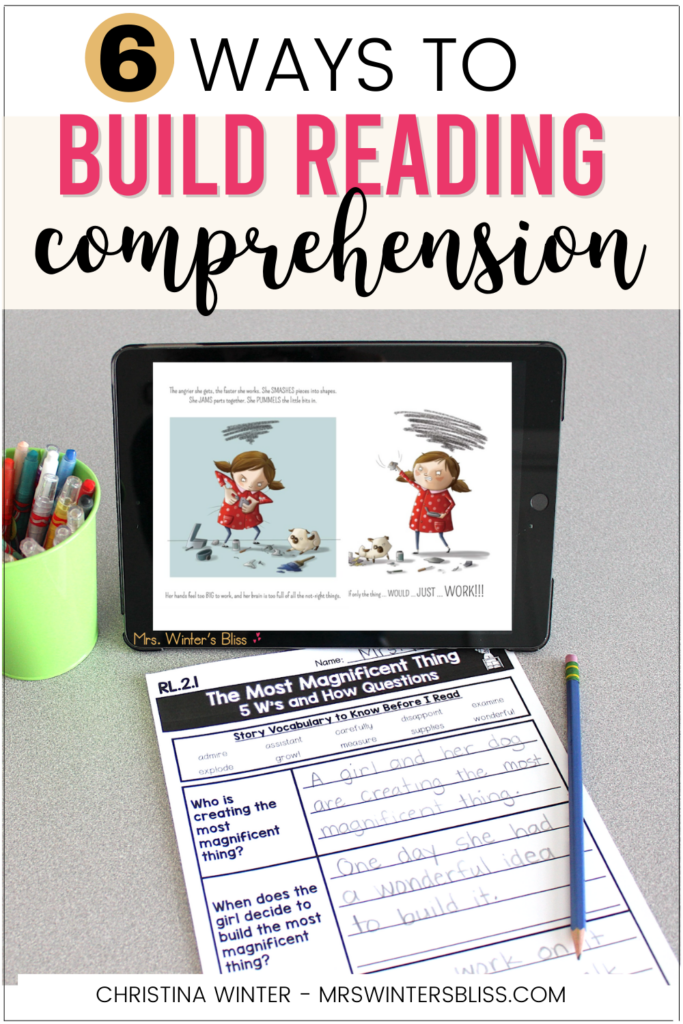
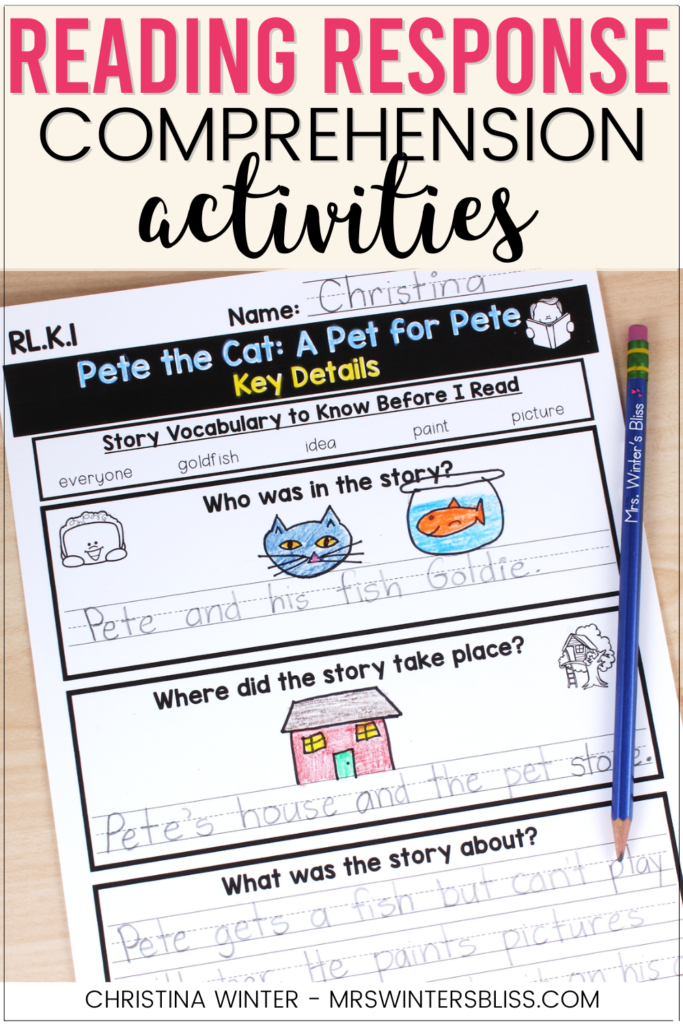

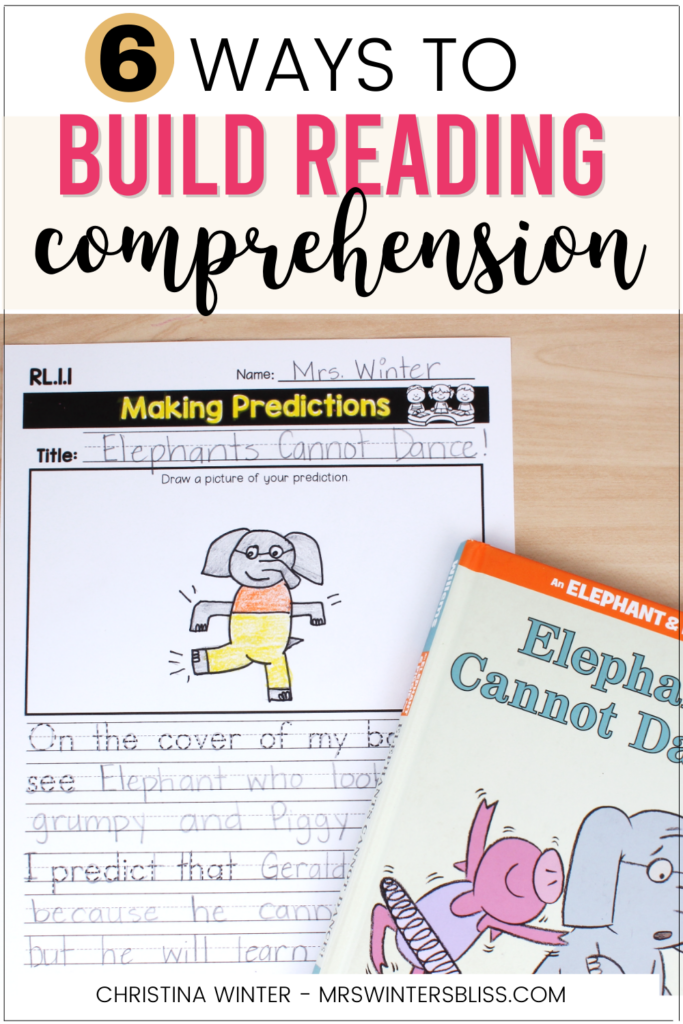
In this post I’m sharing 6 tips for building k-2 students’ reading comprehension and providing details about my standards-based Reading Response Activities resource for Kindergarten, first and second grade students. These activities help develop reading comprehension and make a meaningful no-prep literacy center, small group activity or whole class lesson.
As teachers we teach a variety of reading skills and strategies, but the ultimate goal of our reading instruction is to help students make meaning of what they have read. The ability to comprehend what one has read is key to effective reading and allows for a rich life both in and outside of the classroom.
As children learn to read they do need explicit phonics instruction, but they also need comprehension strategies. Without it, the words on the page have no meaning. So today I am happy to share 6 ways to build your students’ reading comprehension, and provide you with details about my standards-based Reading Response Activities for Kindergarten, first and second grade students.
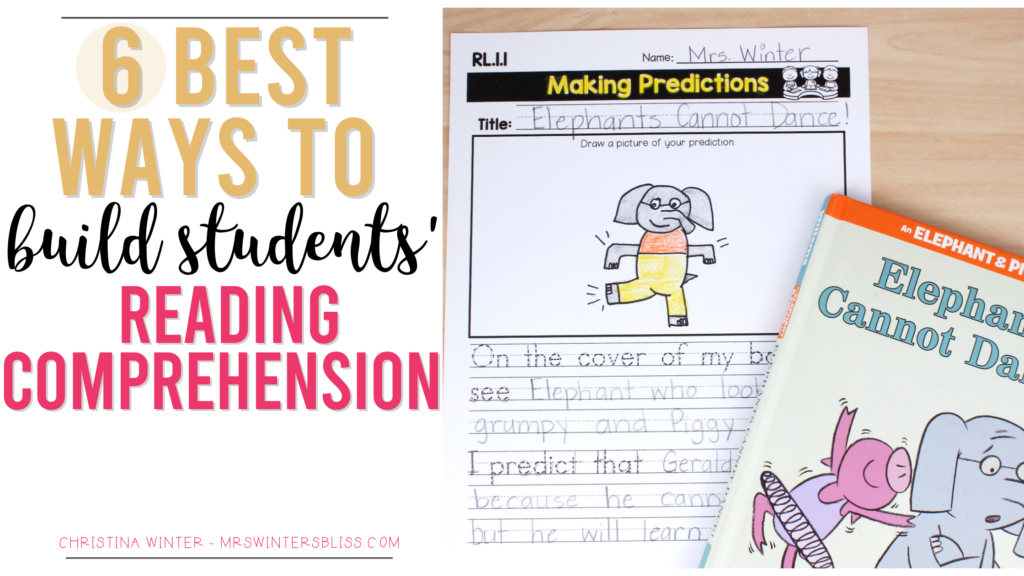
Ways to Build Reading Comprehension
- Model specific thinking strategies. Research shows that explicit teaching is particularly effective for comprehension strategy instruction. Use concise mini-lessons to clearly model specific cognitive strategies students can use as they read.
Thinking strategies that help to build comprehension include:
- Activating prior knowledge
- Asking questions while they reading
- Connecting what they are reading to another text or something they have experienced
- Visualizing
- Making predictions
- Rereading
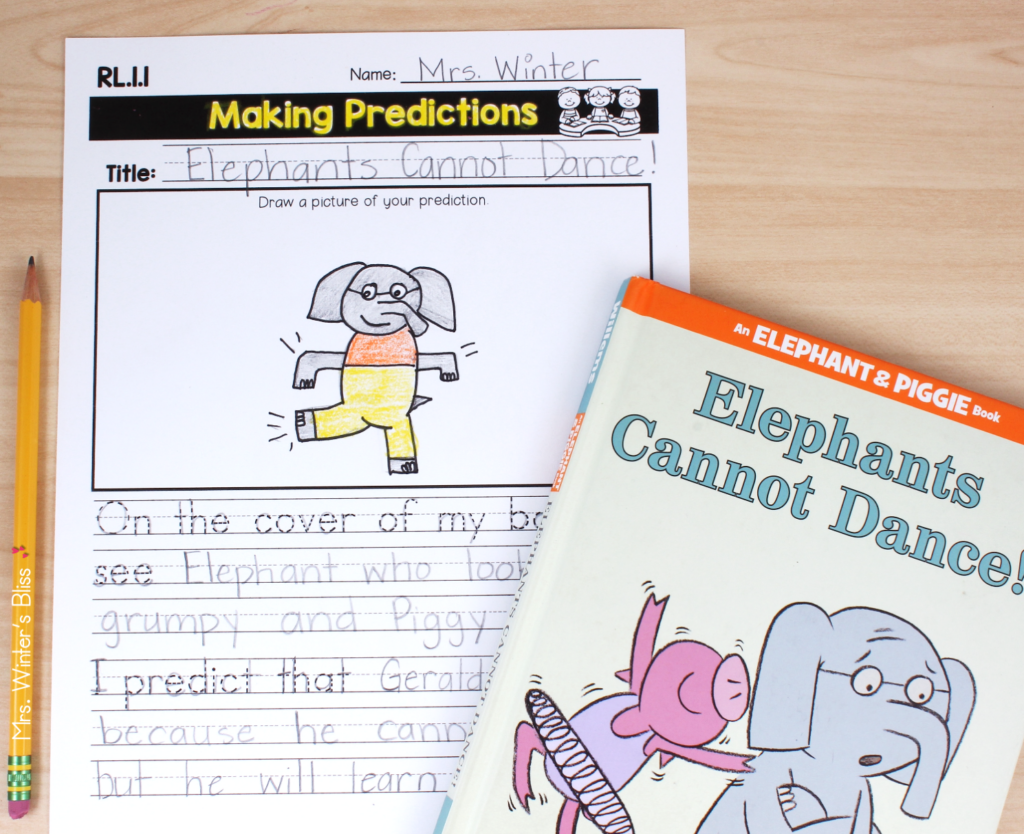
Choose a text that lends itself to the specific strategy you want to teach and model that strategy through think alouds.
- Build background knowledge. Set students up for success by providing them with the background knowledge they will need to comprehend the text. This may mean you introduce new vocabulary words they will encounter, and/or teach them about settings or scenarios that may be unfamiliar to them.
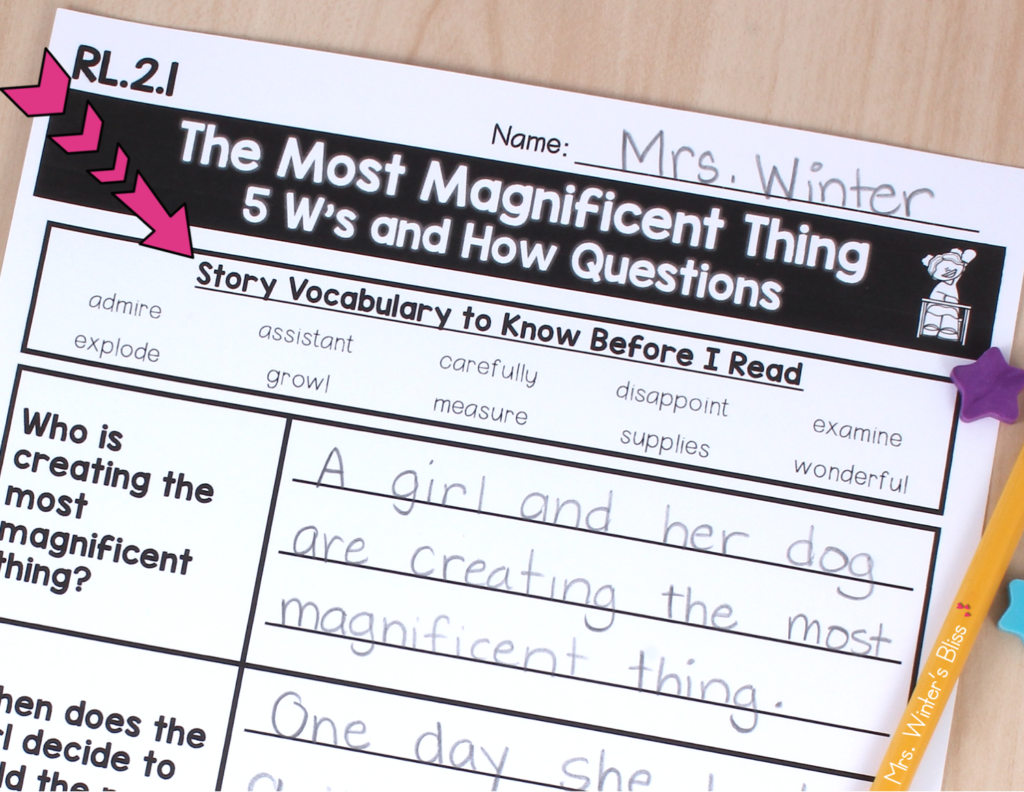
- Make sure students are reading texts that are at their independent level. A child’s independent reading level is one that they can show they understand and read with 95% word accuracy. Stopping any more often than that to figure out a word makes it tough for kids to focus on the overall meaning of the story.
- Encourage students to reread. Rereading a text not only helps to build fluency but it also gives students the chance to focus on comprehension. The first time they read a text they are often so focused on decoding that they lose the meaning of the text.
- Have students talk about what they’re reading. Allow opportunities for students to talk with you and/or classmates about what they’ve read. The verbal processing required to explain or retell what they read takes their thinking and comprehension to a higher level.
- Have students write about what they have read. Discussion is certainly valuable, but if the goal is to raise reading achievement, writing about the text is more beneficial than talking about the text. Reading response activities are a popular way to get kids writing about what they have read. They offer opportunities for students to strengthen their reading comprehension and give students practice in specific skills such as retelling, predicting, sequencing, visualizing and more.
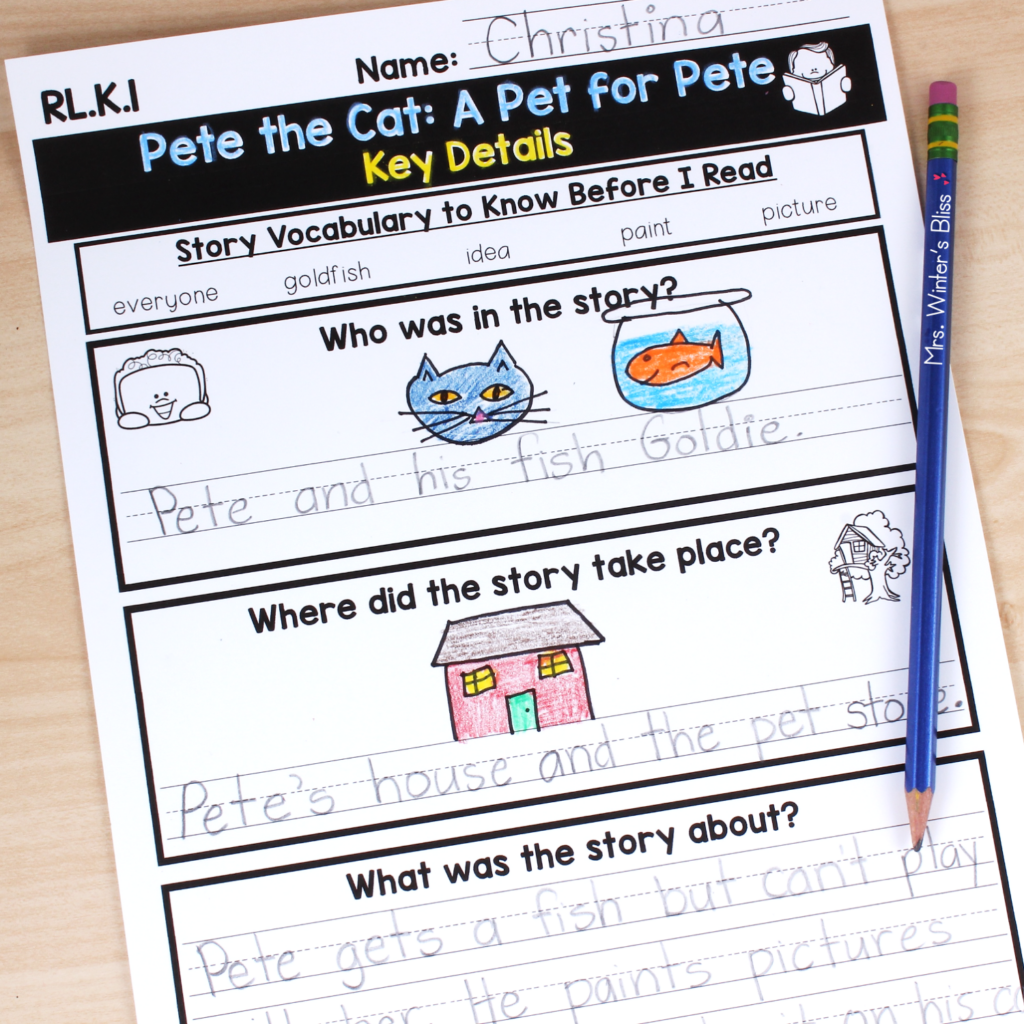
Reading Response Activities for K-2 Students
To help you develop your students’ reading comprehension I am excited to share my Kindergarten, first and second grade Reading Response Resources! They require NO-PREP from you and are fully aligned with common core standards. You can use them with both fiction and non-fiction texts.
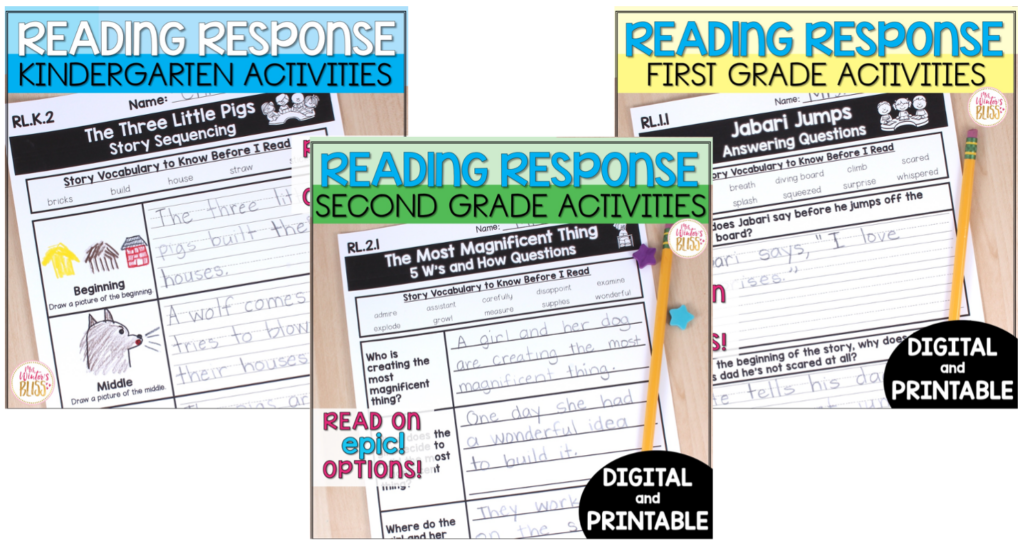
Each response printable comes in two different versions. The first version can be used with any book you choose, while the second is designed to be used with specific popular titles you likely have in your book collection or texts linked on EPIC!
Not familiar with EPIC? Take a look at this post where I shared step-by-step information on how to create your own FREE educator account. An EPIC account will give you access to all the titles linked in the resources. Students can read or listen to these books in the classroom or at home.
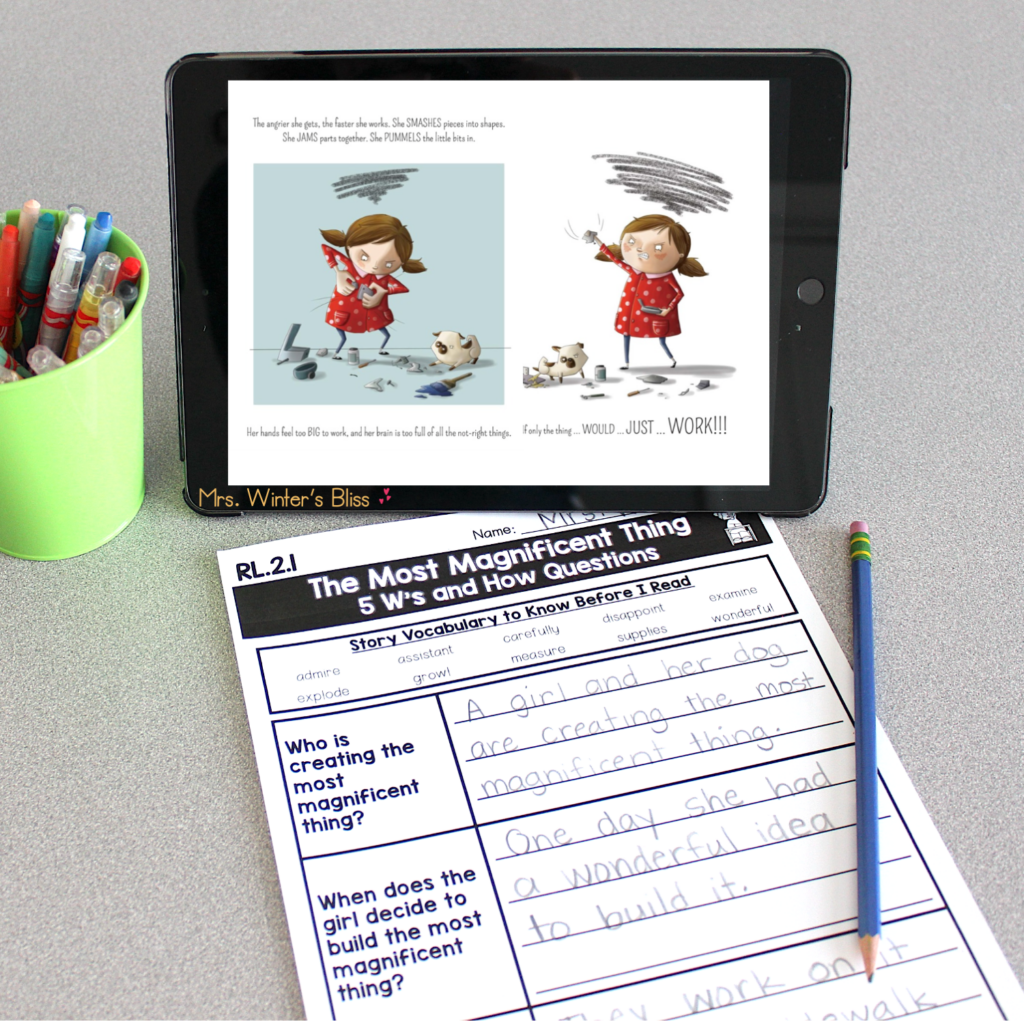
The resources each come with activity sheets for 18 different books on EPIC. Each text then has 3-5 standards-based activities to choose from. This allows you to give students choice in how they respond, which helps to keep things fresh and engaging! And don’t worry, I’ve also included an answer key for each response activity. 🙂
Teaching first or second grade students remotely?? Need digital reading response activities? No problem! The first and second grade resources come in both digital and printable files.
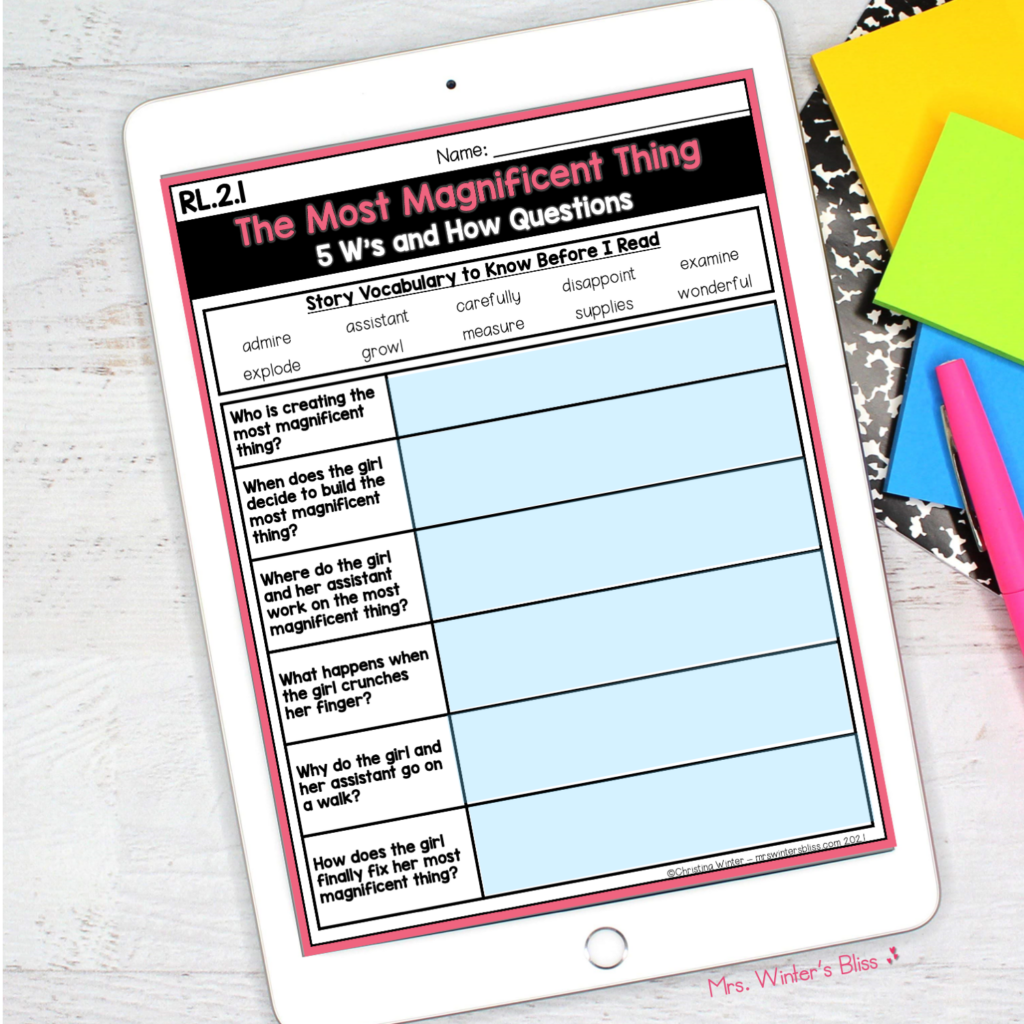
How to Use Reading Response Activities
Wondering how to use these reading response activities? You’ve got lots of options!
💗 Use them as a no-prep literacy center activity! Making it a center activity ensures you fit “responding to reading” into your day. All you have to do is print the response sheets out!
💗 Make them a follow-up activity to your small group guided reading lessons.
💗 Use them in a whole group reading lesson. After a class read aloud, work together to fill out a response sheet. This is a great way to provide students with extra support before you ask them to complete the activities on their own.
💗 Finally, they make a meaningful, no-prep activity for a substitute teacher.
The ability to comprehend is a skill we must explicitly teach and allow our students to practice over time. I hope the information and resources I’ve shared today will bring more meaningful comprehension practice to your classroom, and in turn set your students up greater academic success and personal enjoyment.
-shop this post-
-
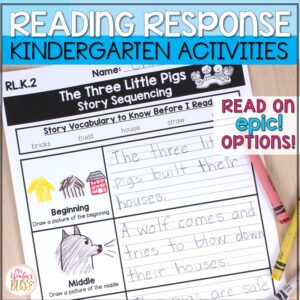 Kindergarten Reading Response ActivitiesEarn 0 Reward Points
Kindergarten Reading Response ActivitiesEarn 0 Reward Points
$8.00 -
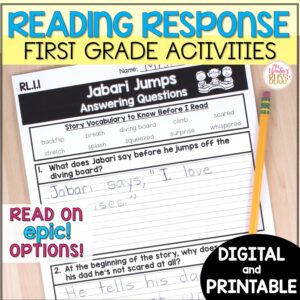 1st Grade Reading Response Activities – printable & digitalEarn 0 Reward Points
1st Grade Reading Response Activities – printable & digitalEarn 0 Reward Points
$8.00Rated 5.00 out of 5 based on 1 customer rating -
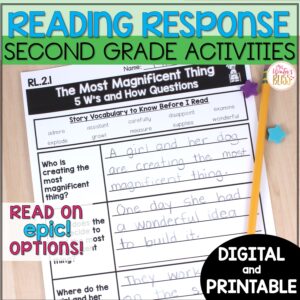 2nd Grade Reading Response Activities – printable & digitalEarn 0 Reward Points
2nd Grade Reading Response Activities – printable & digitalEarn 0 Reward Points
$8.00Rated 5.00 out of 5 based on 1 customer rating
–PIN for LATER–










